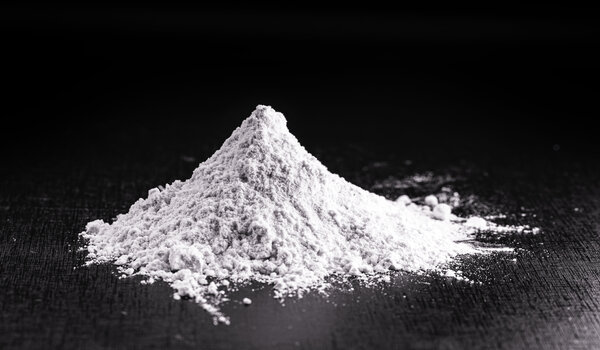Product Detail
Calcium oxide (CaO), commonly known as burnt lime, lime or quicklime, is a widely used chemical compound. It is a white, caustic and alkaline crystalline solid. As a commercial product, lime often also contains magnesium oxide, silicon oxide and smaller amounts of aluminium oxide and iron oxide. Calcium oxide is usually made by the thermal decomposition of materials such as limestone, that contain calcium carbonate (CaCO3; mineral name: calcite) in a lime kiln. This is accomplished by heating the material to above 825°C, a process called calcination or lime-burning, to liberate a molecule of carbon dioxide (CO2); leaving CaO. This process is reversible, since once the quicklime product has cooled, it immediately begins to absorb carbon dioxide from the air, until, after enough time, it is completely converted back to calcium carbonate. Calcination of limestone is one of the first chemical reactions discovered by man and was known in prehistory. Up until the 20th century, quicklime was used as a disinfectant, usually in a 10% solution called milk of lime. However, it had the disadvantage of decomposing rapidly on exposure to air and moisture, and the burnt lime had to be fresh and unslaked.
Contact





